Description
The myth began here. The final edition of the very early Queen apex stereo soundboard recording and the oldest audience recording has been brushed up and is now available. This work contains two performances. The apex stereo soundboard recording is “Golders Green Theatre, September 13, 1973”, and the oldest audience recording is “Liverpool performance, November 17 of the same year”. This CD permanently preserves both performances in the highest quality. How early were these two performances? To realize this, let’s first check the position of the show in the schedule of 1973, when everything started moving.・February 5th: BBC Sessions・April 9th: Marquee Club《July 13th: Princess of Fear Release》・July 13th-August 3rd: UK (3 shows)《August: Queen II Production》・September 13th: London ←★here★・October 11th-December 28th: Europe (35 shows) ←★here★ This is the whole view of 1973, when they made their debut with Princess of Fear. The four of them got together in 1971, but at that time, live performances were only at the “several times a month” level. The above-mentioned “Europe” was the first activity that could be called a “tour”, including their first overseas performance. The stereo soundboard recording of this work was made just before that, and the oldest audience recording was the concert at the 12th performance in “Europe”. Now, let’s introduce each one individually. [First half: Appearance on BBC RADIO 1 on September 13, 1973] First up is a famous recording that represents the band’s debut. A stereo soundboard recording of the “Golders Green Theatre performance on September 13, 1973”. It was a special concert for BBC broadcast. Although it was BBC, it was not a “BBC session” that added overdubs to a studio live performance, but a concert-style live recording performed on stage in front of an audience. In fact, this show has already been made official. It was also included in the 6-disc deluxe edition of “ON AIR”, which shocked the audience three years ago. “ON AIR” was a truly groundbreaking officialization, and even the 2-disc standard edition was a cultural heritage-level feat that covered all the “BBC sessions”. Furthermore, the 6-disc deluxe edition also included a generous amount of BBC treasures other than the studio live performances. It was supposed to be the ideal officialization that would put all BBC bootlegs out of use. However, unfortunately, this could not be said with certainty. After listening to it over and over, core enthusiasts, including overseas, declared it to be the “best sound” and it was the broadcast version at the time. This is the highest quality version of the broadcast version. In fact, the soundboard recording that occupies this work (the first half) is the ultimate. In terms of length, the official version, which also includes “Jailhouse Rock”, wins, but the sound is not. The official version was released in 2016, so it was a sound pressure-pressed sound that was accustomed to the intense sound pressure of modern rock, but this work is only the “1973 sound”. It has been precisely digitized from the BBC transcription disc (and it is unused!), and it is super beautiful yet has an overwhelming natural feel. The official version forced the old recording to be raised to the modern market level, but the high notes pierced the ears and the thick bass sounded like a deformed child (probably not even played by those four). In other words, it was a finish for amateurs with no knowledge of sound sources. In contrast, this work is the sound of the four people as it is. The instruments of the analog era have maintained their analog feel and have reached their highest peak. Moreover, this work further brushes up the highest peak master. Of course, the beautiful sound beyond the official one is not touched at all, and only the removal of fine noise is focused. Since the beginning of the excavation, there is no noticeable noise only in the master who was said to be “officially released as it is”, but even microscopic noise such as whether you notice it by listening carefully with headphones or not is searched for and corrected. We have realized the ultimate form. The music depicted with such supreme sound is wonderful. The contents are a concentrated reduction of the two historic albums “Princess of Terror” and “Queen II”. While showing off masterpieces in a balance of two songs from the 1st and three songs from the 2nd, the band potential is “Queen II” itself (only immediately after the album production). In particular, “Father To Son” is a live performance that will be the world premiere. “Queen II” is the ideal image of British hard rock itself, but the evolution of hard rock is in live performance. In other words, this work can be said to be the ideal image of what British hard rock can achieve. In addition, the BBC narration adds a touch of glamour to the live performance. There is nothing particularly noteworthy about the content, such as the band introduction, but the word “Deacon John!” is what catches your attention when you listen to it. This is an introduction that follows the credits of the debut work “The Princess of Fear”, but John himself did not like this nickname, and it was soon changed to “John Deacon”. Some people see the credits of the debut work as a mistake, but it was intentional and can be enjoyed as evidence of the highest quality sound ever. [Second half: Liverpool performance on November 17, 1973] Following this supreme BBC sound is an audience recording two months later. It is known as the oldest customer record of QUEEN, but its quality is so great that even its extremely high rarity value is out of the question. It was first released at a fan convention in 2004, and is a superb product that is said to have been digitized directly from the original master. That’s why there are no dubbing marks, and the storage environment was very good, so there is almost no deterioration over time. It’s not as direct as the BBC sound source, which is the highest peak sound board in history, but its fresh sound, noiseless gloss, transparent airiness that conveys every detail clearly, and the neat sound that comes from being a master…all of these are above the common sense of the early 1970s. Of course, this has also been brushed up with the latest and meticulous mastering. We have achieved a quality that can be heard alongside the supreme BBC master. And the show is also great. It is very similar to the first half of the BBC only two months after, but you can also enjoy “Keep Yourself Alive” and the precious unreleased song “Hangman”, which you can’t hear there. The heat is also amazing. Although the BBC recorded on the radio also had a youthful passion, it’s good that this is even more of a stage. The very early brilliance that shines in its original place with a sense of openness is vacuum packed with the best sound. QUEEN has finally begun to show its true potential by creating the great masterpiece “Queen II”. This is the definitive live album that will explode with the band’s potential. The BBC soundboard, which is hailed by enthusiasts around the world as “more than official,” is the oldest and finest audience recording of QUEEN. This is a historic masterpiece that allows you to enjoy the very early QUEEN with the best version of both. This is a piece that you will want to savor “1973” alongside “The Princess of Terror” and “Queen II.” Golders Green Hippodrome, London, UK 13th September 1973 STEREO SBD(UPGRADE) Taken from the original BBC transcription services disc(CN 2073/S) Live at Golders Green Hippodrome, London, UK 13th September 1973(56:42) 1. Introduction 2. Procession 3. Father To Son 4. Son And Daughter 5. Ogre Battle 6. Member Introduction 7. Liar Taken from the original BBC Transcription Services Disc(CN 2073/S) Live at the Stadium, Liverpool, UK 17th November 1973 8. Procession 9. Father To Son Vocals are off at first, interesting 10. Son And Daughter 11. Ogre Battle 12. Hangman 13. Keep Yourself Alive 14. Liar
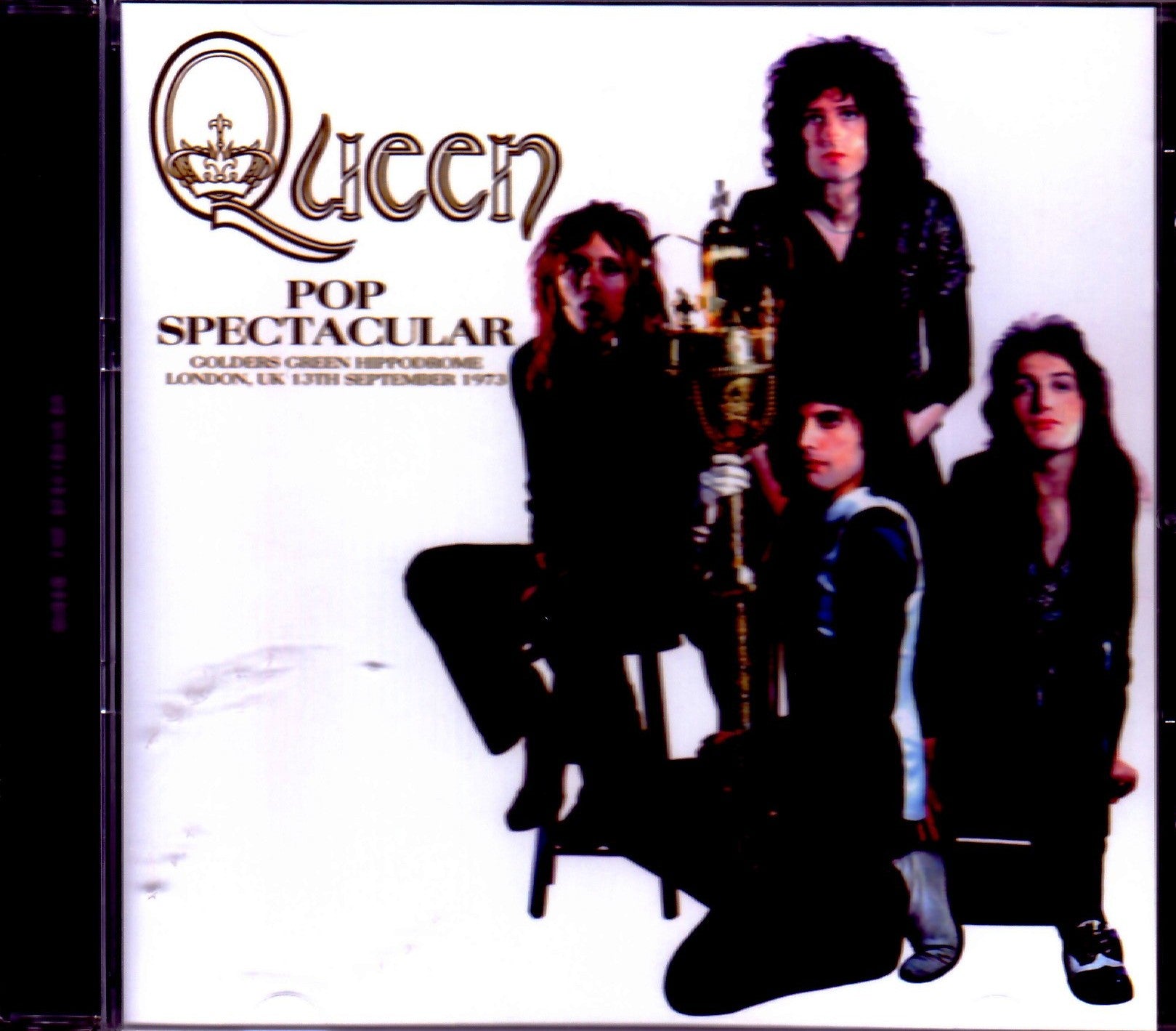
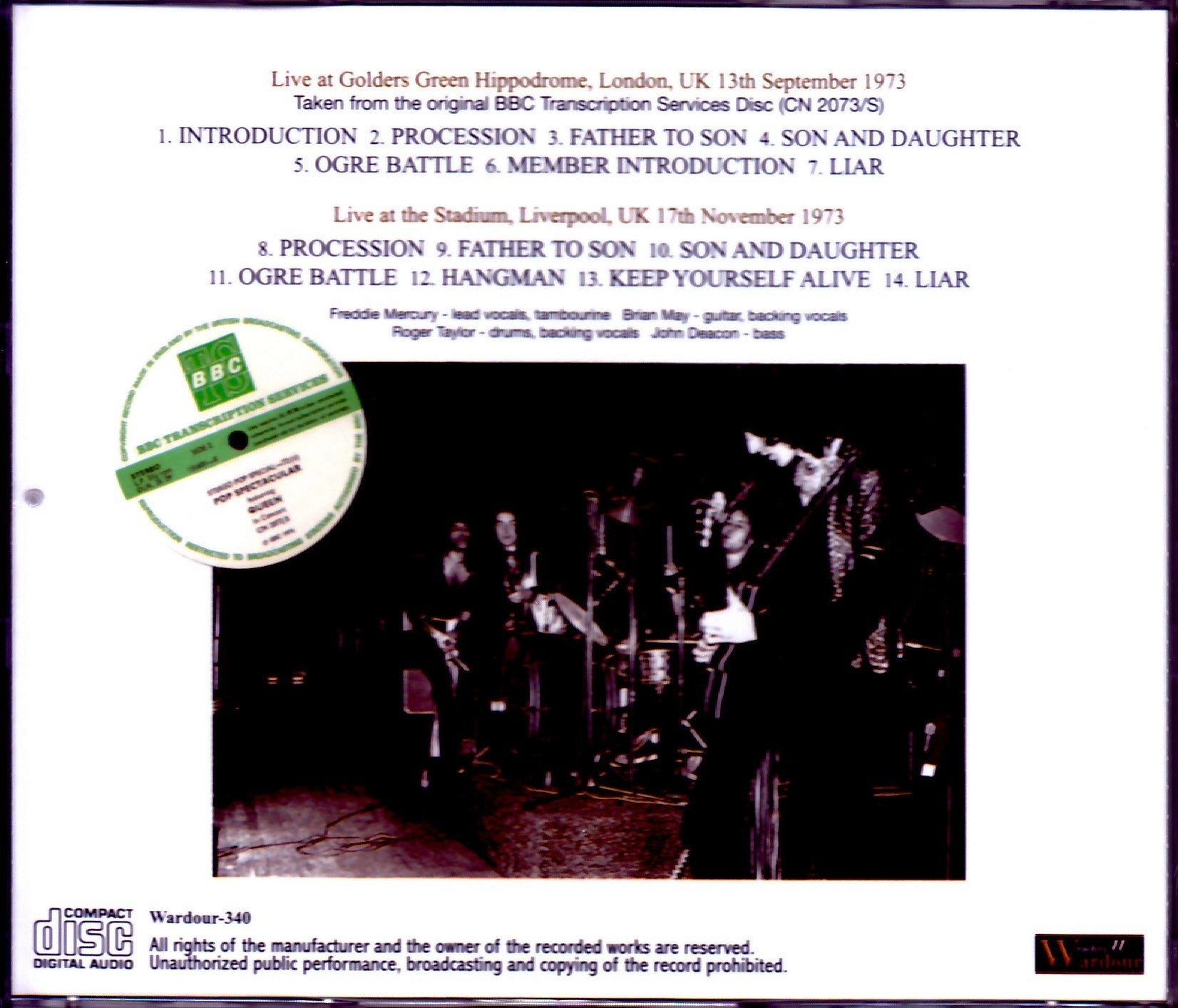

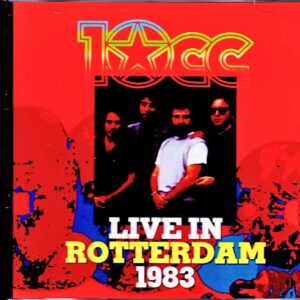
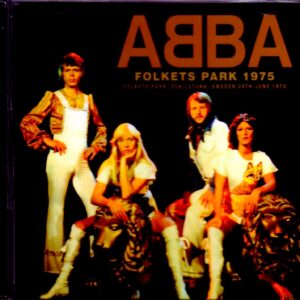
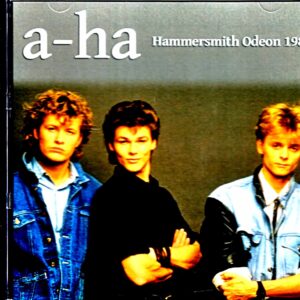
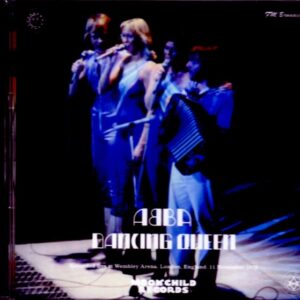
Reviews
There are no reviews yet.